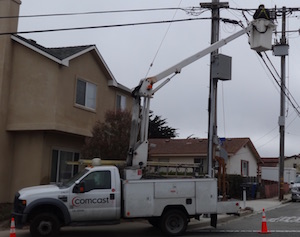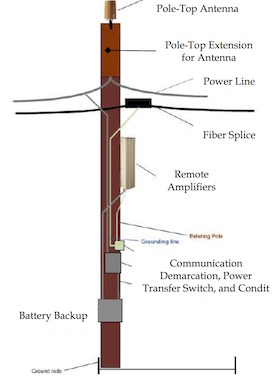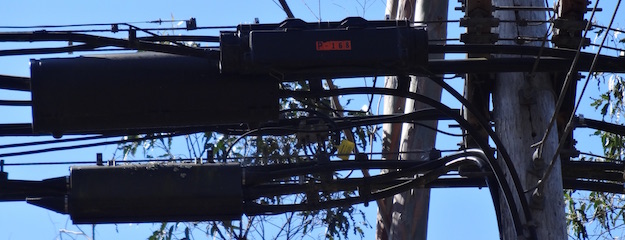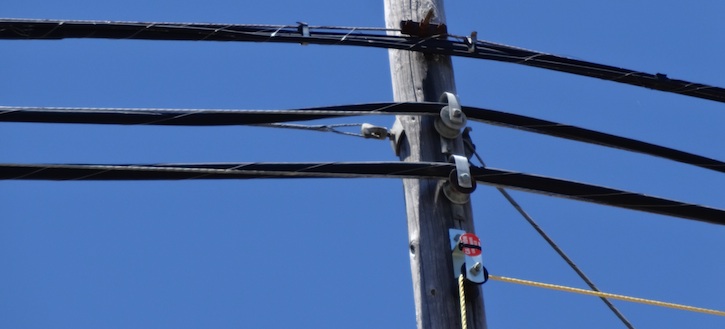Cable, telcos use monopoly muscle to block access to California poles

Barrier to competition.
Google still can’t get access to utility poles in the Bay Area. Whether or not it still wants it is an open question – Google closed its purchase of the wireless Internet service provider side of Webpass this week – but even if it doesn’t, the blocking action by incumbents anxious to protect monopoly markets has caught the attention of California regulators.
The California Public Utilities Commission was told last week that the club that controls pole access – the Northern California Joint Pole Association – has again rejected Google’s requests for membership and permission to use poles.… More

![By Steve Evans from Citizen of the World [CC BY 2.0 (https://creativecommons.org/licenses/by/2.0)], via Wikimedia Commons](https://www.tellusventure.com/images/2016/3/haka.jpg)

![Collin Knopp-Schwyn [CC BY 4.0 (https://creativecommons.org/licenses/by/4.0)], via Wikimedia Commons](https://www.tellusventure.com/images/2016/1/pole_attachment.jpg)


![By Anneli Salo (Own work) [CC BY-SA 3.0 (https://creativecommons.org/licenses/by-sa/3.0)], via Wikimedia Commons](https://www.tellusventure.com/images/2015/5/limbo_dancing.jpg)
